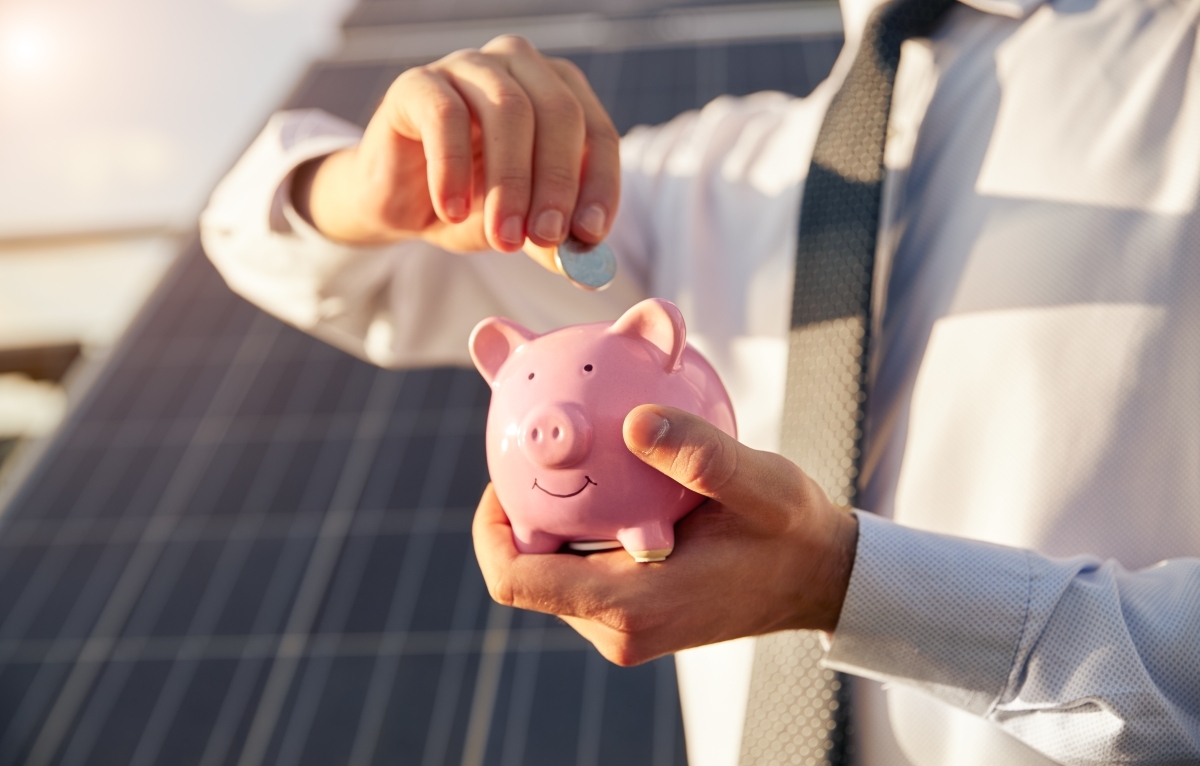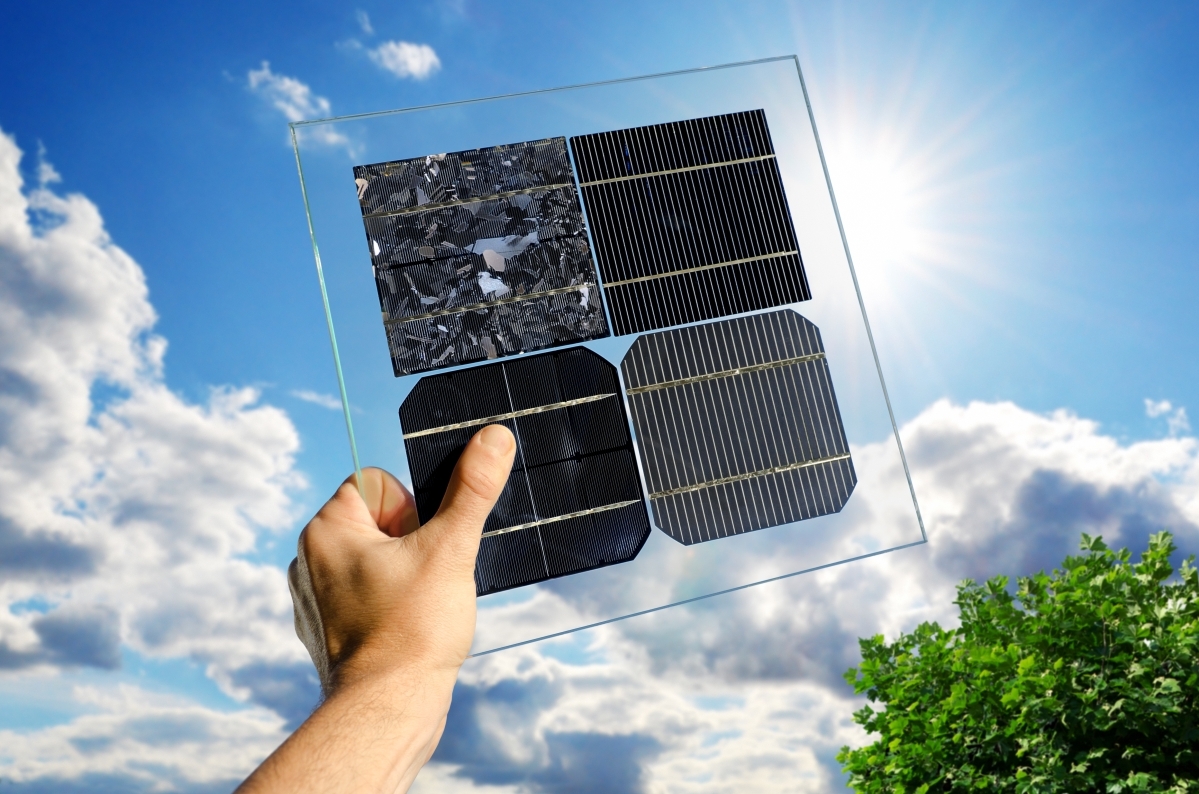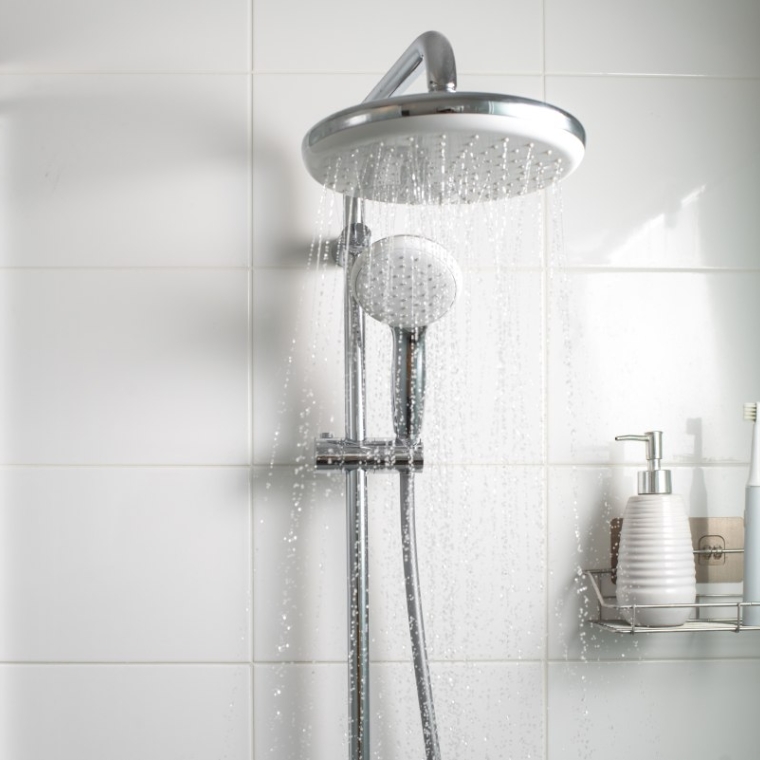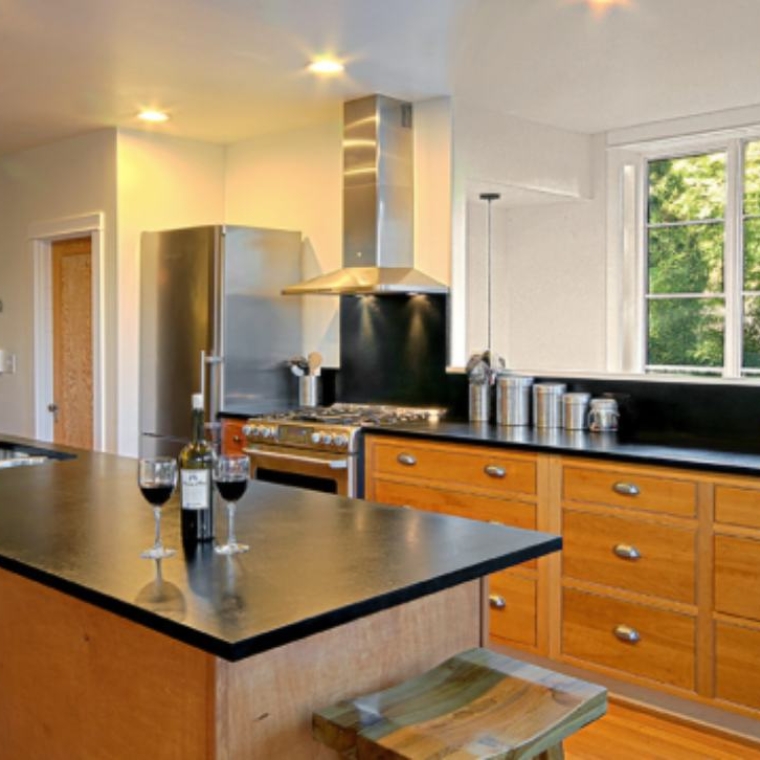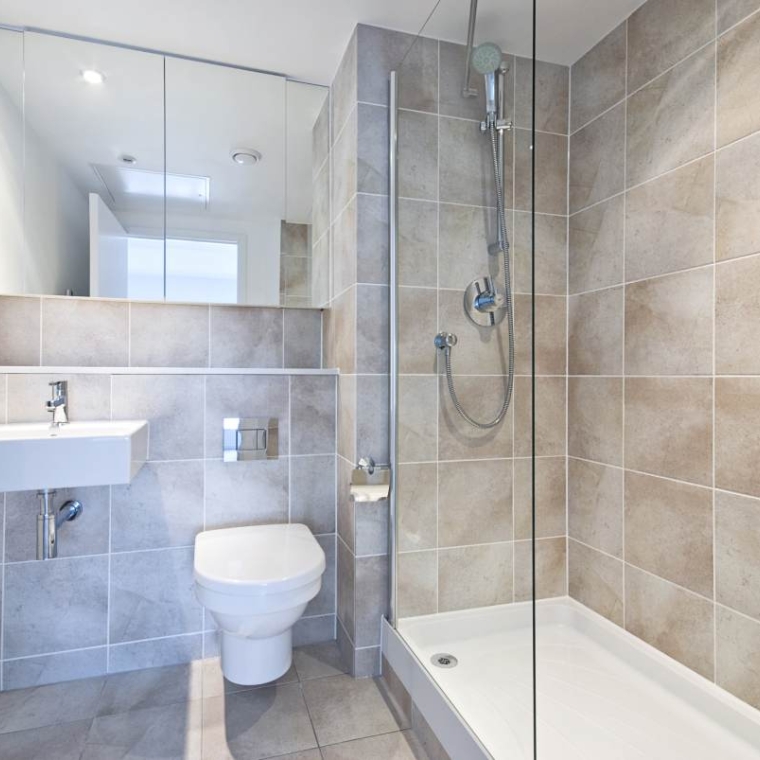Solar panels cost
How much does it cost to go solar in the US?
Are you tired of paying high monthly energy bills and looking for a more cost-effective solution? Have you heard of solar panels? Cause they might be just what you need! As solar technology improves, solar panel costs in the US are becoming a more affordable and accessible renewable energy solution for homeowners.
And – great news! – you will be able to save on energy costs by using less the electricity provided by the national grid and you'll also be helping the environment by reducing your carbon footprint.
You might have heard that solar panels are quite expensive and could not be worth the trouble… Well, that’s a myth. Solar panels can be expensive, but nowadays there are different tricks you can make use of to make your project budget-friendly and state incentives that will help you cover the costs.
So, what affects the cost of solar panels in the US? Our comprehensive guide covers all the key factors, including solar panel system size, panel type, location, and available incentives. By understanding these factors, you can make an informed decision and choose the best solar panel system for your home, ensuring maximum cost savings and efficiency.
In this article:
- Average cost and the impact of tax credits and incentives
- Size matters: impact of system size on final costs
- Panel puzzle: how your panel type choice impacts solar panels' final price
- A place in the sun: how location affects costs
- Putting panels to work: installation costs
If you want to know more about solar energy, read our articles about solar panels sustainability, their advantages and disadvantages, and how they actually work.
First things first, let's get the boring stuff out of the way. On average, a 5kW solar panel system in the US can cost anywhere from $10,000 to $20,000.
But wait, before you run away in fear of spending your life savings on solar panels: the US government offers several tax credits and incentives to help homeowners reduce the cost of solar panel systems.
The most significant of these is the federal Investment Tax Credit (ITC), which allows homeowners to claim a credit of 26% of the total cost of their solar panel system on their federal taxes. This can make a huge impact on the final cost of a solar panel system, effectively lowering the cost by thousands of dollars.
However, hurry up! The credit will increase to 30% in 2023, decrease again to 22% in 2033, and eventually phase out in the following years.
And, as if that wasn't enough, there are also state and local incentives available like rebates, grants, and property tax exemptions. These programs vary by state, so make sure to do your research and see what's available in your area. With these incentives, you can save even more on the cost of your solar panel system and make the switch to clean, sustainable energy.
Some of the most significant ones include:
- Net Energy Metering (NEM): NEM allows homeowners with solar panels to send excess electricity back to the grid and receive credits on their utility bills for the electricity they generate. This helps reduce the overall cost of solar panels by allowing homeowners to offset some of their energy costs.
- State Tax Credits: In addition to the federal ITC, several states also offer their own tax credits to incentivize the adoption of solar energy. Some states offer a direct cash rebate, while others offer tax credits or exemptions. Follow this link for a general overview of incentives per state.
- Property Tax Exemptions: Some states exempt the value added to a property by solar panels from property taxes, reducing the cost of ownership.
- Solar Renewable Energy Credits (SRECs): SRECs are tradable certificates that represent the environmental benefits of solar energy. States with renewable portfolio standards require utility companies to obtain a certain number of SRECs each year, and homeowners with solar panels can sell their excess SRECs to utilities to help offset the cost of their solar panels.
As you can see, there are different ways in which you can lower costs and make the switch to solar affordable! If you are interested in starting immediately, get in touch with the MyGreenHome team. We will be glad to put you in contact with the best solar contractors in your area.
Let’s get to the details. Are you asking yourself how can solar panels' prices vary between $10.000 and $20.000? The cost of solar panels can vary greatly depending on a few key factors…
For starters, the size of the system plays a big role in determining the final cost.
The bigger the system, the more panels you'll need, and the more electricity you'll generate. This means that you'll have the ability to offset more of your energy costs, and the bigger the impact your system will have on reducing your overall energy bill. However, with size also comes a higher price tag.
You can try to think of panels like items you buy in bulk at the grocery store: the more you buy, the lower will be the price per item. In short, the more panels you purchase, the lower the cost per panel will be.
So, what size should you go for? It all depends on your energy usage and budget. A smaller system might not offset all of your energy costs, but it will still have a positive impact. On the other hand, a larger system will have a bigger impact, but it'll also cost more upfront. The choice is yours!
Another factor that affects the cost of solar panels is the type of panels you choose. There are different brands and technologies available, each with its own pros and cons. They differ in efficiency, durability, and cost, indeed. Imagine having to choose between a horse and a sports car: both of them will get you from point A to point B, but one might cost more and get you there faster.
It is very important you choose the right panel type for your needs and budget, this is why you should always need consultation with an expert before making a decision. And don't forget, quality is key when it comes to solar panels, so don't skimp on the good stuff!
When it comes to solar panels, the most common types are monocrystalline, polycrystalline, and thin-film panels.
Monocrystalline panels are known for their high efficiency and sleek appearance, but they come with a higher price tag.
Polycrystalline panels are a more affordable option, but they're not as efficient as their monocrystalline counterparts.
Thin-film panels are the most cost-effective, but they're also the least efficient and have a shorter lifespan.
So, how do you choose the right panel type for you? It all comes down to your energy needs and budget. If you're looking for maximum energy efficiency and don't mind paying a bit extra, go for monocrystalline panels. If you want to save money, polycrystalline panels might be a better option. And if you're on a tight budget, thin-film panels could be the way to go.
But don't forget that the panel type is just one piece of the puzzle…
Location, location, location! Just like real estate, the location of your solar panel installation can greatly impact the final cost, for different reasons.
First of all, let's talk about sunshine. The more sunny days you have in your area, the better your solar panels will perform.
This means that if you live in a sunny state like California or Arizona, you're in luck! Your panels will be able to catch more solar power and produce more energy, allowing you to save more money in the long run.
But if you live in a state with more cloudy days, like Oregon or Washington, don't worry! Your panels will still work, but you might have to invest in a bit more panel real estate to make up for the lack of sun.
Another factor to consider is the cost of electricity in your area. If you live in a state with high electricity prices, like Hawaii, switching to solar energy can save you a pretty penny.
On the other hand, if you live in a state with lower electricity prices, like Louisiana, the financial benefits of solar energy might not be as pronounced. But don't forget, even if you don't save as much money, you'll still be doing your part to reduce your carbon footprint and help save the planet!
Finally, different states also have different regulations and incentives, so be sure to do your research and find out what's available in your area. And who knows, you may be pleasantly surprised to find out that going solar in your state is more affordable than you thought!
Finally, let’s briefly discuss installation costs. Indeed, every company charges a fee for installing solar systems (which, trust us, our friend, you really can’t install yourself). They might feel a little daunting, but fear not! There are some factors you should consider…
First of all, it's important to keep in mind that the cost of installation of your solar system varies depending on the complexity of your project and the company that will install your solar panels.
If you have a simple setup, you can expect to pay less. But if you have a more complex system with a ton of panels, the cost may be higher.
But don't let that discourage you! The cost of installation is usually just a one-time fee and it's worth it in the long run. Think about all the money you'll save on your energy bills once you make the switch to solar. It's like giving yourself a long-term gift!
Also, remember it’s always better to pay a higher price for an expert installation from a professional company instead of risking getting a faulty solar system that might stop working earlier than expected, have a bad performance, or even fall off the roof!
In conclusion, the cost of solar panels in the US is a complex topic, but it doesn't have to be scary. Don't let the thought of costs hold you back, there's a variety of tax credits, incentives, and rebates that can help lighten the load. So whether you're looking to save money on energy bills or do your part for the environment, it's never been a better time to go solar!
With the right information and a little bit of research, you can find the perfect solar panel system for your needs and budget.
When you need to make such an important decision, it is always better to discuss your doubts with an expert. They will be the perfect person with whom to ponder your opportunities and situation and they will help you decide what’s best for you without breaking the bank.
Want to start saving today? Get in touch with the MyGreenHome team! We will connect you with the best professionals in the field to get you all the Vitamin D you need!
Last update: 09 Jan 2026


